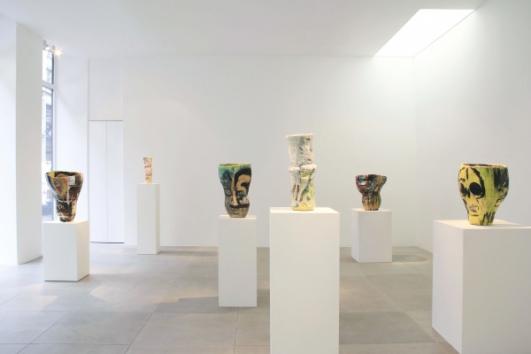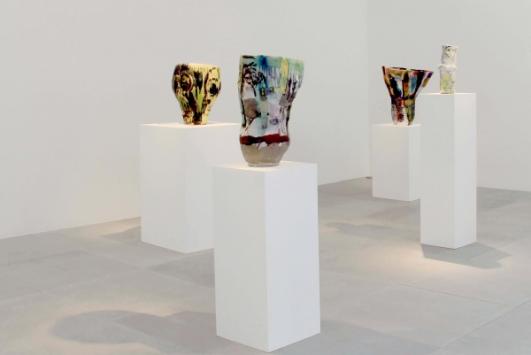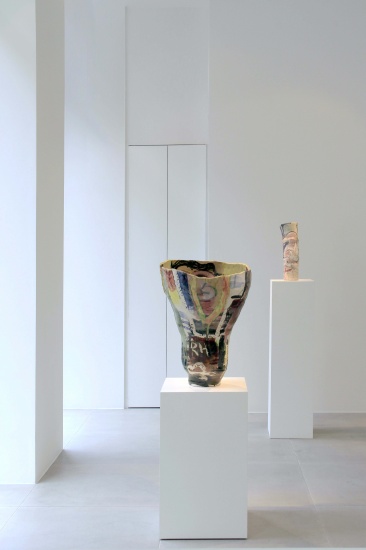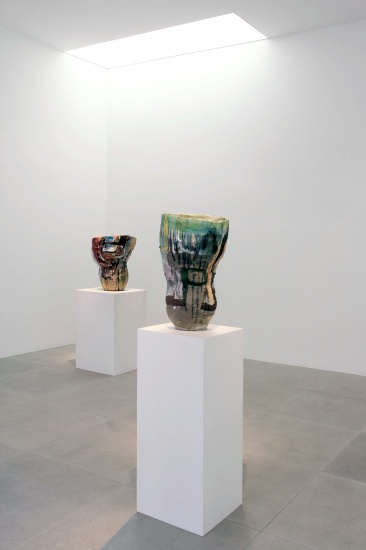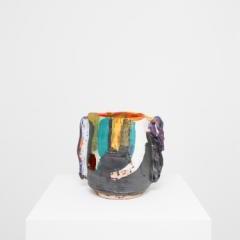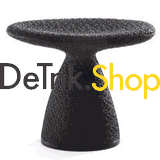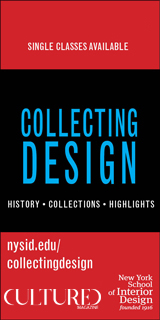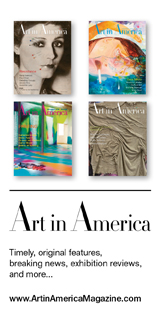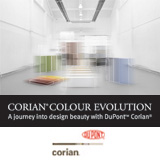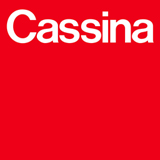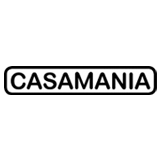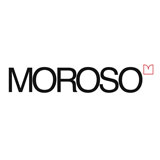Roger Herman's Ceramics at Carpenters Workshop Gallery London
24 Nov '15 - 08 Jan '16
L.A. artist, Herman was born and educated in Germany, he moved to California in 1977 and started churning out giant canvases. Painted with a loose, colorful hand, they managed to be simultaneously expressive and conceptual, with traces of Georg Baselitz and Anselm Kiefer, and Herman was recognized as the West Coast wing of the ’80s neo-Expressionist movement. Gagosian snapped him up and positioned him as the California counterpart to David Salle and Jean-Michel Basquiat.
In the mid-80’s, Herman was offered a position in the art department of UCLA where he continues to teach and explore a broad range of styles. “It is about painting, not about subject matter. I don’t have a narrative,” Herman says of his work. “The subject is always painting, which is why there is a repetition always— like Morandi. I’m trying to go somewhere I’m not comfortable.”
In the last 30 years, Herman has contributed to the rise of the West Coast artists, who pay today their respects to him. For the artists Cyril Kuhn, “Every painter in the last 30 years who has come out of Los Angeles owes a debt to him”.
From 1998 to 2008, he ran a Chinatown gallery for young artists called Black Dragon Society. In 2010, at ACME gallery, he organized “Los Angeles Museum of Ceramic Art,” a show of unconventional ceramics made by artists. He included his own lop-sided pieces, painted with nudes in erotic poses.
In 1998, Herman rethought the direction of his work, and turned--as a novice--to work in clay. Although he has been a professor in the prestigious UCLA art department since 1984, he opted to take lessons from one of his graduate students, Lisa Yu. A self-described “binge worker,” Herman at the outset spent 10 hours a day throwing pots and drawing pictures on them of women engaged in obvious sexual acts, in the style of Japanese erotic prints.
Raw energy and an instinctual, sensory relationship to colour and textures is immediately apparent through the bulk of his work, which spans from drawings to paintings, books to ceramics, t-shirts and woodcut prints. His wild blends of ad-hoc and quickly-dashed lines, shapes, opacities, smears layer together in awkward but satisfying compositions. They’re so careless as to seem accidental, but as with any material mastery, what looks effortless actually requires decades of practice. Gestures are as boldly applied as covered up, allowing shapes to recede and reveal themselves simultaneously, in a true polyphony of style.
